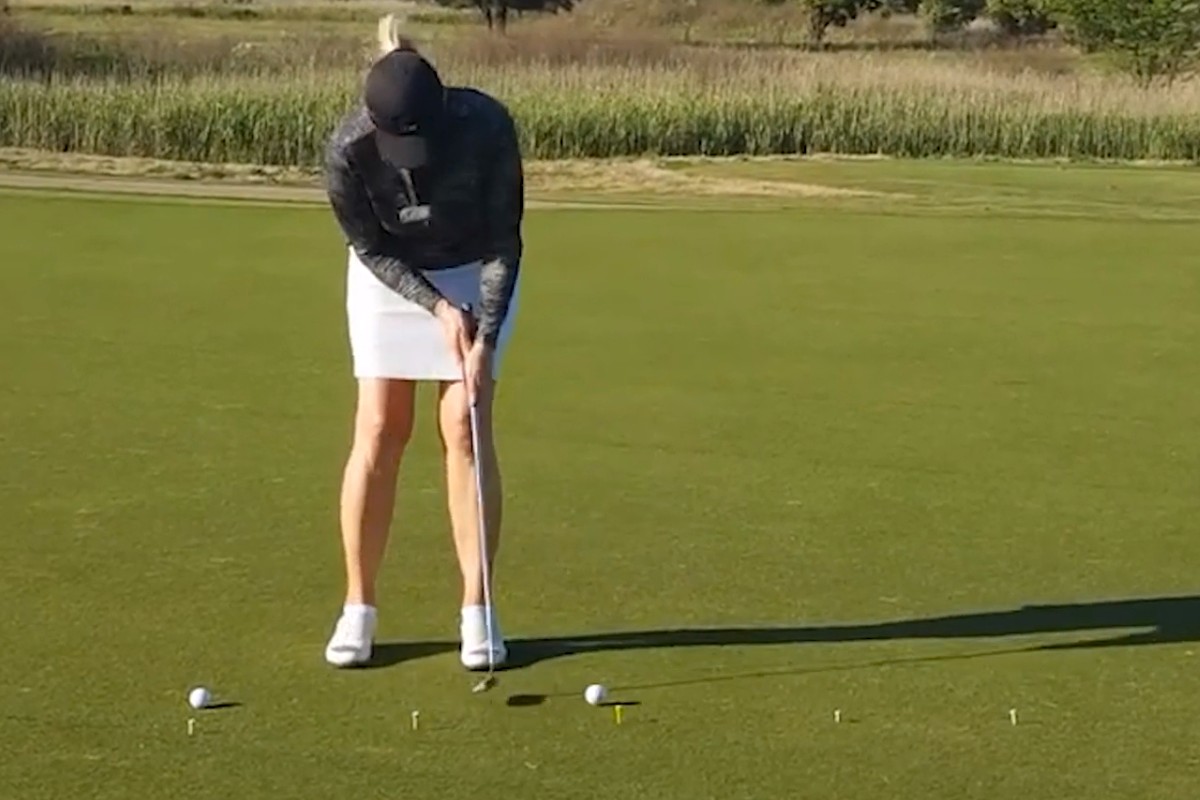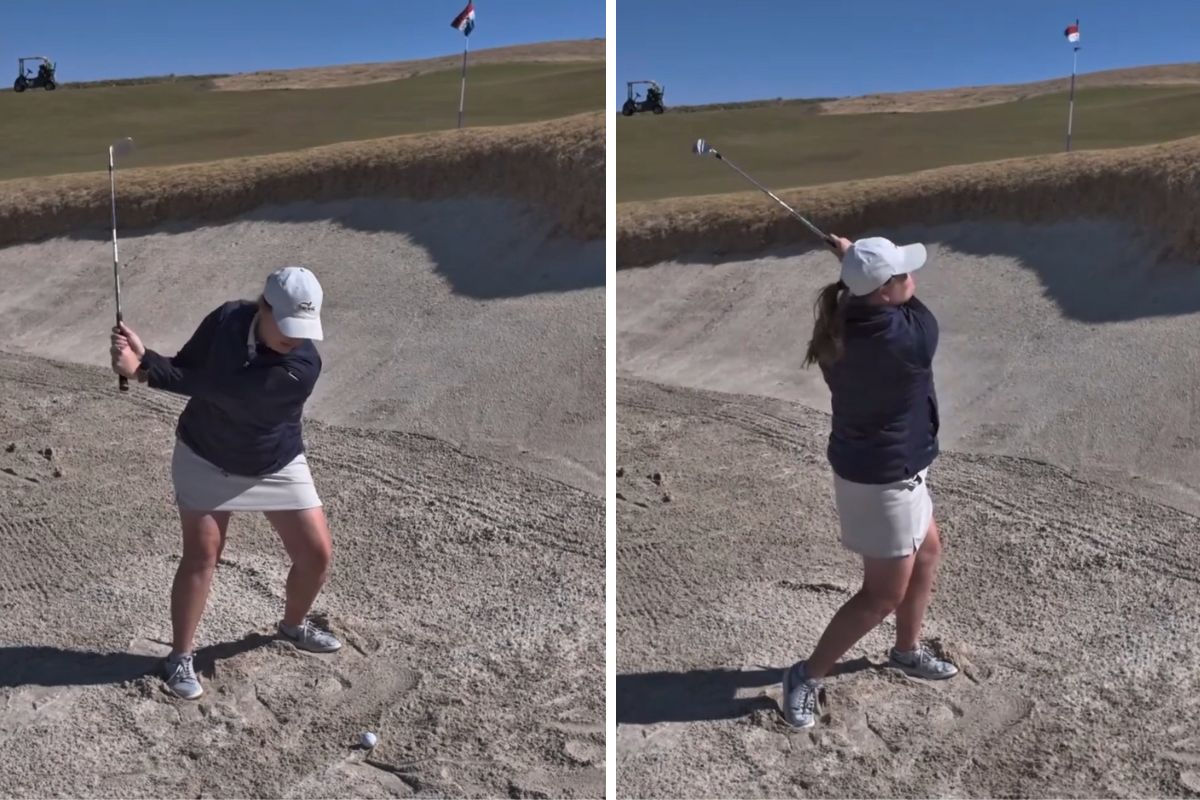In the world of golf instruction, the wrist hinge often goes underappreciated—but it plays a powerful role in generating clubhead speed, maintaining proper swing plane, and improving shot consistency. In this video I break down swing mechanics in a way that’s both functional and fitness-friendly, and today we’re taking a closer look at how the wrist hinge really works.
What is the Wrist Hinge?
The wrist hinge in golf refers to the upward cocking motion of the wrists during the backswing. This motion helps to set the club in the correct position at the top of the swing, allowing for a more powerful and controlled downswing.
The hinge typically begins around waist height in the backswing and completes near the top of the swing. Without a proper hinge, you’ll likely suffer from a flat swing plane, lack of distance, or inconsistent contact.
Why the Wrist Hinge Matters
According to a study published in the Journal of Sports Sciences, elite golfers demonstrate greater and more precisely timed wrist movements compared to amateur players. This refined control contributes to higher clubhead speeds and better impact positions. Another study in Sports Biomechanics shows that the timing of wrist uncocking in the downswing significantly affects energy transfer and ball speed.
In other words: if you want to hit the ball farther and more accurately, mastering your wrist hinge is non-negotiable.
Build the right muscle memory
Slow-motion drills with training aids like the CardioGolf® Shortee Club
Mirror work to help golfers visually check wrist positions
Functional fitness exercises that strengthen the forearms and wrists for better control
One of my favorite drills is the Wrist Set Drill using the Shortee Club. Standing in front of a mirror, start your backswing and pause at hip height. From here, hinge the wrists so the club points upward like an “L” shape. Repeating this daily helps you feel the correct motion without even needing a golf ball.
Fitness and Flexibility Play a Role
Another important aspect is wrist flexibility and forearm strength. Limited mobility can make it difficult to hinge and unhinge the wrists properly, which is why I incorporate wrist and grip strength exercises in many CardioGolf® routines. Even five minutes a day can help!
Try this quick wrist mobility move:
Hold a light dumbbell (2-3 lbs) or water bottle
Rest your forearm on a table with your wrist hanging off the edge
Gently flex and extend your wrist up and down, 10-15 reps per hand
This movement builds strength in the extensor and flexor muscles of the wrist and forearm, improving control throughout your swing.
The Bottom Line
The wrist hinge might be small, but its impact is mighty. By understanding and training this motion through both technique and fitness, you can see immediate improvements in distance, consistency, and control.







